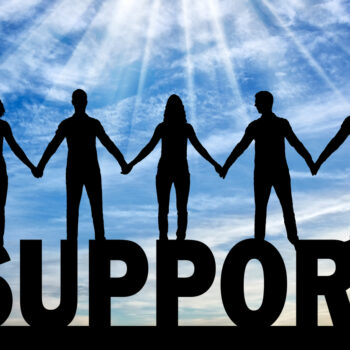You can think of your life as a book in progress – with so many chapters left to be written. While you’re already filled with plenty of experiences, life lessons, and plot twists, there’s even more to come.
As the author of your own story, you have the power to decide where you can go and how it unfolds from here. Every word you speak and decision you make adds a line to the story of the person you’re becoming. The story of your future self is already forming and waiting for you to bring it to life.
It’s when you begin to move with purpose, align with possibility, and see yourself as the writer that you’ll be able to create something extraordinary. Follow these tips for more:
Begin With the Vision
With every great story comes a spark of imagination. You can ask yourself: “Who do I want to be a year from now? Or even five years from now?” Picture this version of you vividly – surrounded by the types of relationships, environments, and goals you want to pursue. The clearer this vision is, the more you can take steps to align with it. This simple visualization can turn your dreams into something tangible.
Connect the Present to the Future
Once your vision feels real, you can start linking it to where you are now and thinking about what small actions can be taken to bridge the gap between today’s “you” and your goals for the future. Write growth and habits into your daily life to start working on this version of your future self slowly over time – like waking up a little earlier, researching a career that interests you, or setting boundaries.
Rewrite Limiting Narratives
While you write the next chapters of your life, take note of the challenges that are holding you back. Phrases like “It’s too late to change” or “I’m not confident enough” are internal scripts that can limit you. But there’s still time to edit this inner dialogue and replace it with new sentences that reaffirm just how confident and capable you really are.
Act as if the Future is Now
Match the energy you envision for your future self by thinking of yourself as that person now. For example, if your future self is calmer under pressure, practices mindfulness often, or is self-assured, you can begin taking these steps now. There’s no better time than the present to start thinking of yourself as the person you want to be.
Final Thoughts
What you pour into your thoughts, choices, and self-belief shapes who you become in the future. So create the next chapters of your story by moving with purpose and intention. You are both the storyteller and the story – and that’s what makes your journey so impactful.












